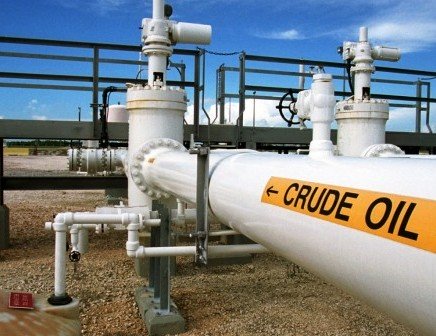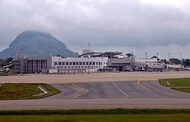Crude oil price rose after industry data showed a surprise drop in U.S. crude inventories, while comments from an OPEC official about lower-than-expected U.S. shale production growth in 2020 also provided some support. A rise in price of crude is good news for Nigeria as it derives bulk of its revenue and foreign exchange from crude oil sales. The 2020 budget is predicated on $55 per barrel and price stability is crucial for the 2020 budget to be actualise. Prices, however, were capped by mixed signs for oil demand in China, the world’s biggest crude importer, as industrial output rose more slowly than expected in October, but oil refinery throughput hit the second-highest level ever.
Brent futures rose 39 cents, or 0.6 per cent, to 62.76 dollars per barrel, while U.S. West Texas Intermediate crude gained 39 cents, or 0.7 per cent, to reach $57.51. The Secretary General of the Organisation of the Petroleum Exporting Countries (OPEC) Mohammad Barkindo said on Wednesday that there would likely be downward revisions of supply going into 2020, especially from U. S. shale, adding that some U.S. shale oil firms see output growing by only 300,000-400,000 barrels per day (bpd). While Barkindo’s comments supported oil prices, there is not a clear way for OPEC to forecast oil production outside the group, Howie Lee, an economist at Singapore’s OCBC bank said.
“I don’t see much changes in supply so prices are still trading within the same range from the start of November,” he said. Barkindo’s comments were also in contrast with forecasts by the U.S. Energy Information Administration (EIA) on Wednesday that U.S. oil production is on course to hit new records this year and next. The American Petroleum Institute reported on Wednesday an unexpected drop in crude stockpiles by 541,000 barrels in the week to Nov. 8, against analysts’ expectations of an increase of 1.6 million barrels. Gasoline and distillates inventories increased, the API data showed. Official weekly EIA data is due on Thursday. Both reports were delayed a day for the U.S. Veterans Day holiday on Monday.
OPEC and its allies, including Russia, meet on Dec. 5 and Dec. 6 to discuss output policy and production curbs of 1.2 million bpd that have been in place since January with the aim of supporting crude prices. The pact runs to March 2020. Barkindo said on Wednesday it was too early to say if further output cuts would be needed. “They have made it quite clear that they are not reducing production further,” said OCBC’s Lee. “What Saudi can do now is to urge compliance among members especially Iraq and Nigeria. If they can comply, then they can talk about cuts.”













